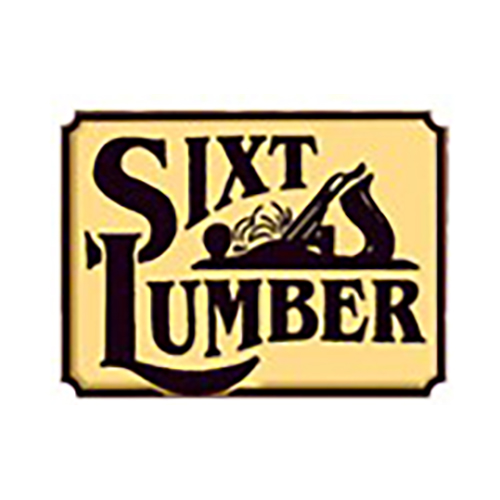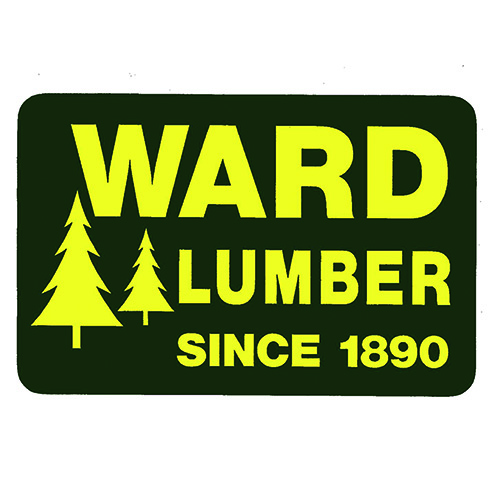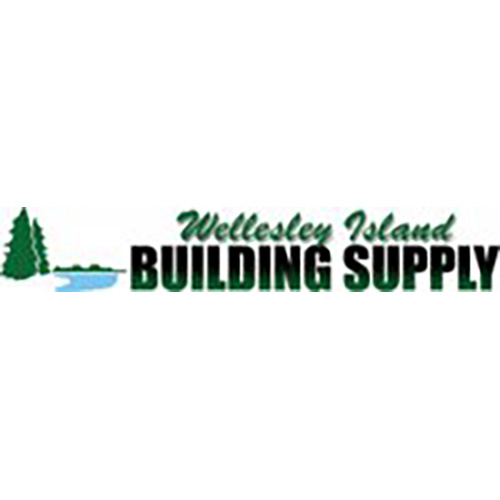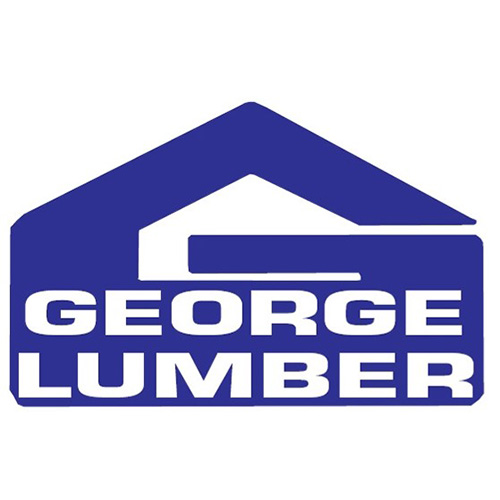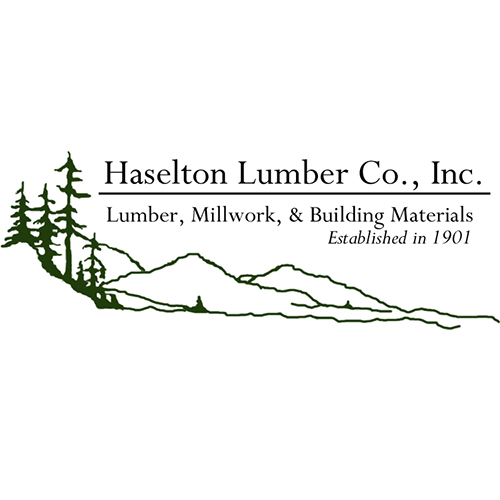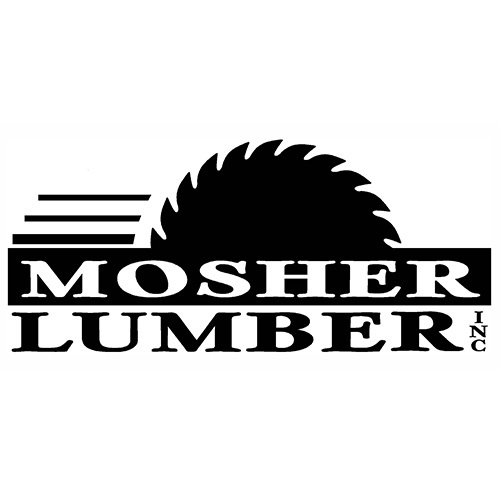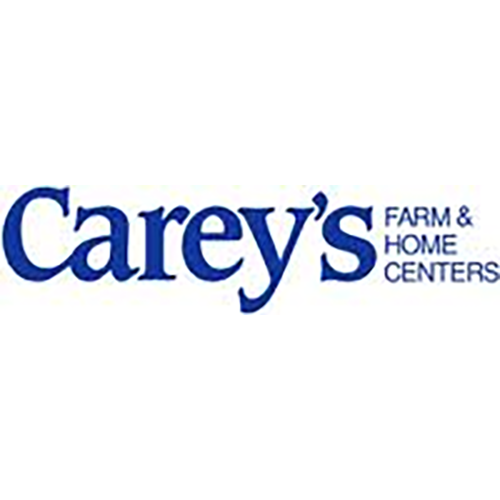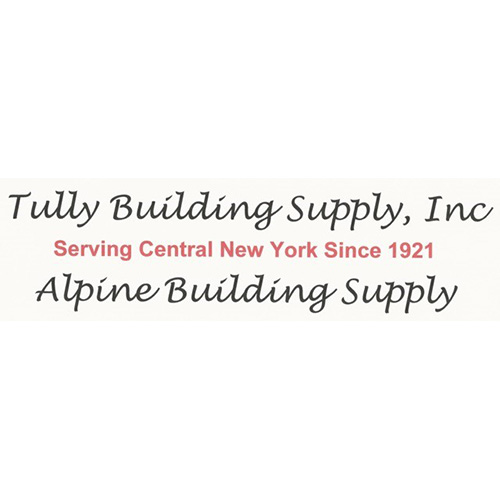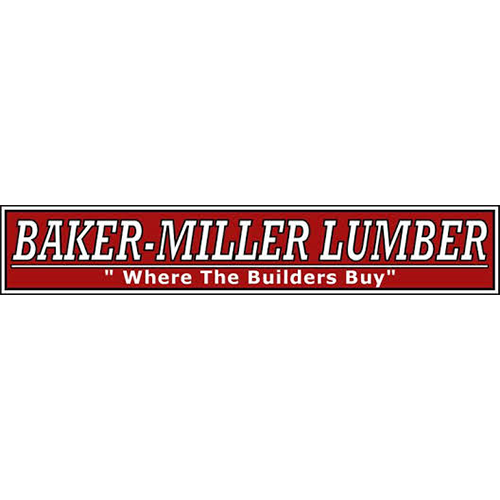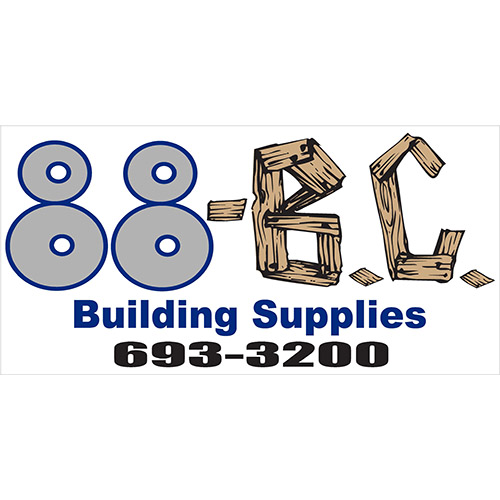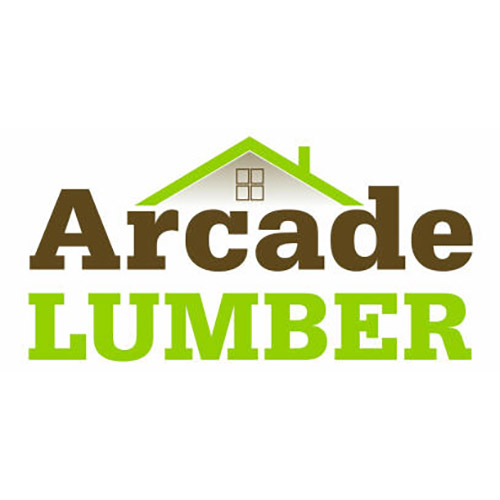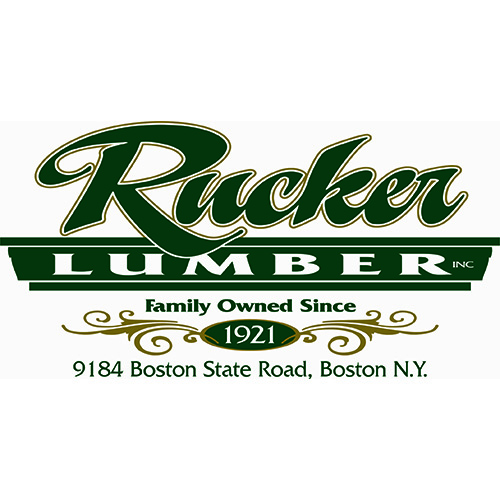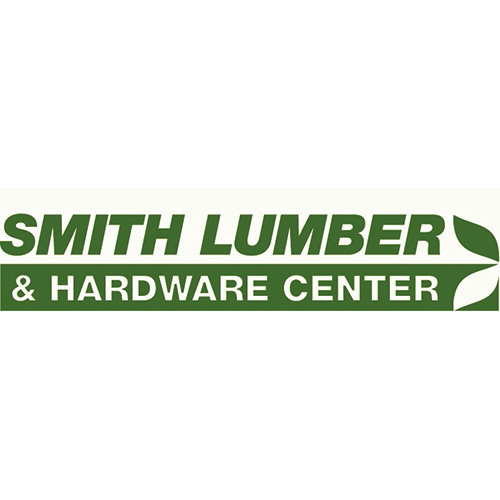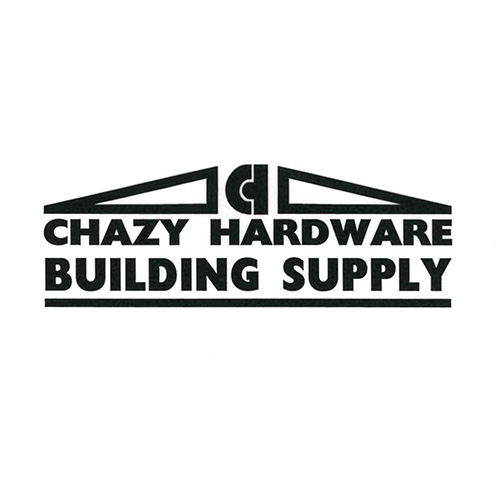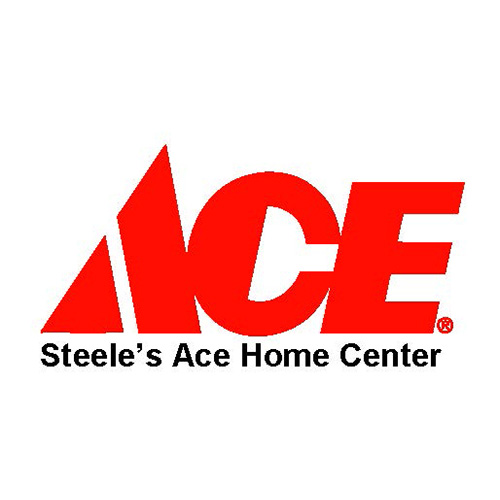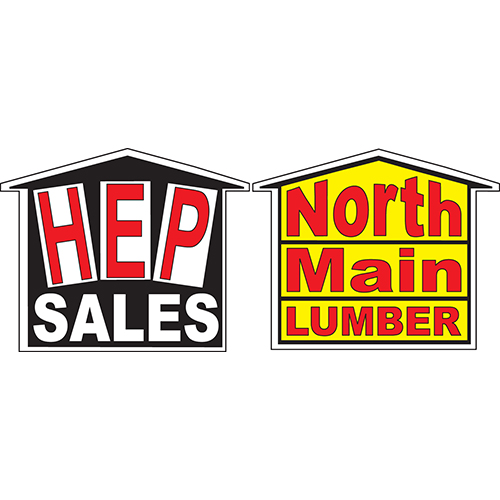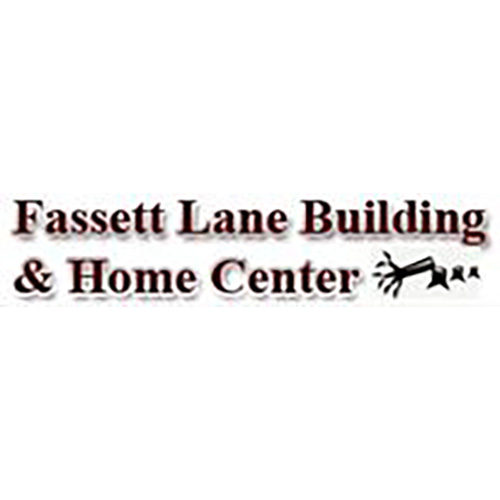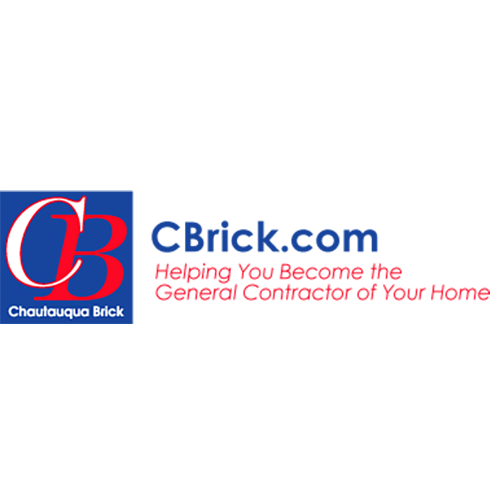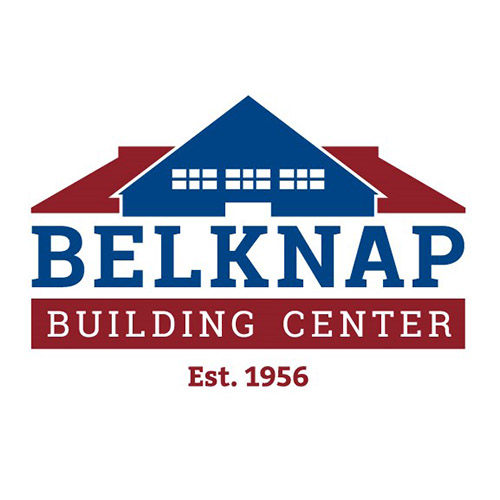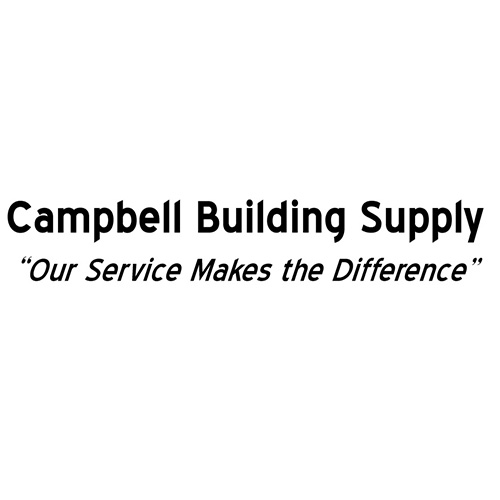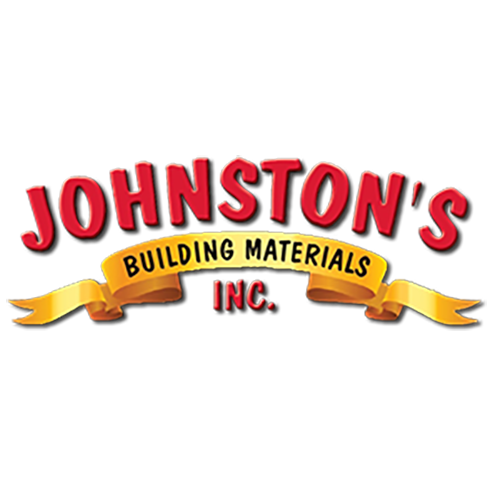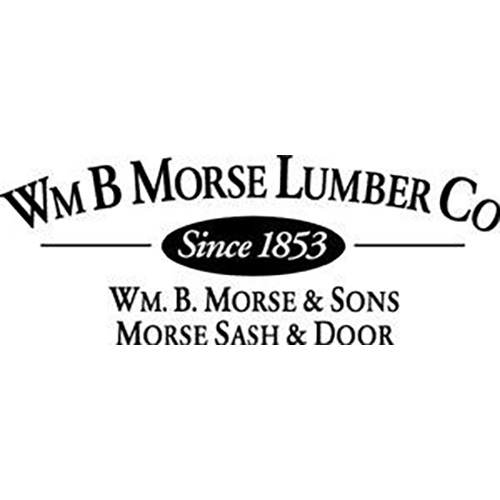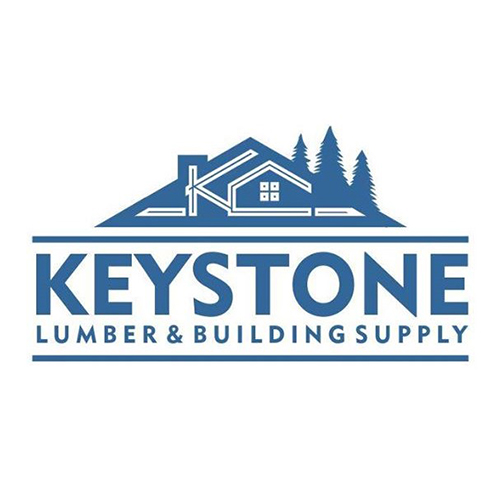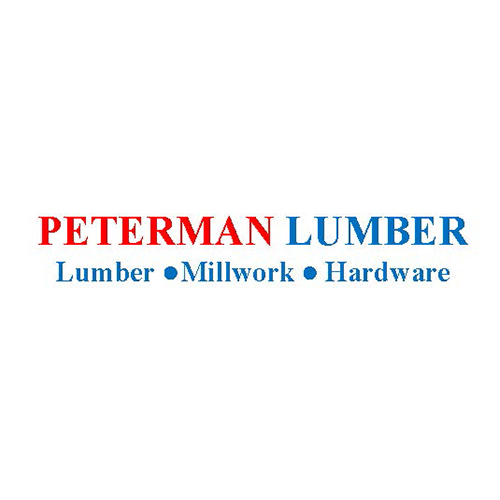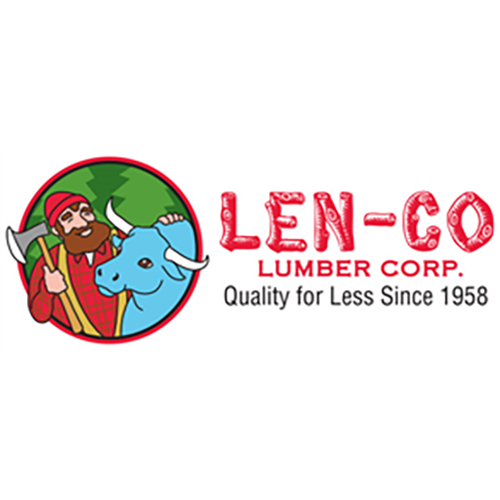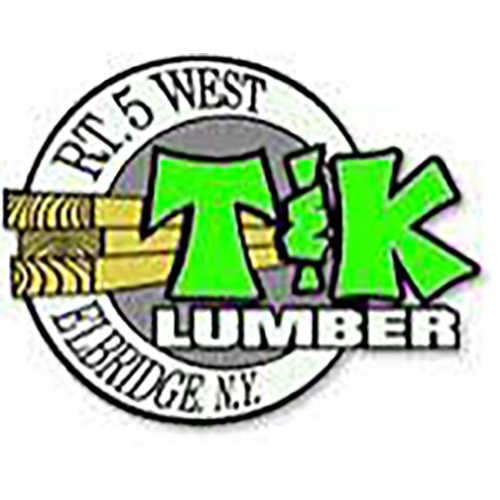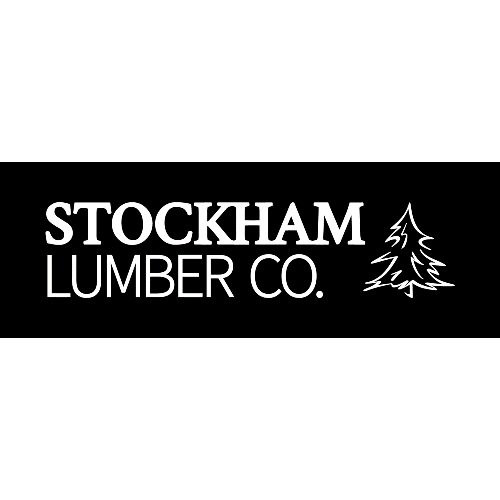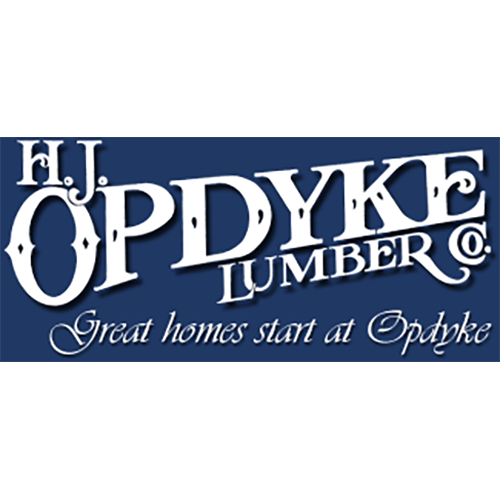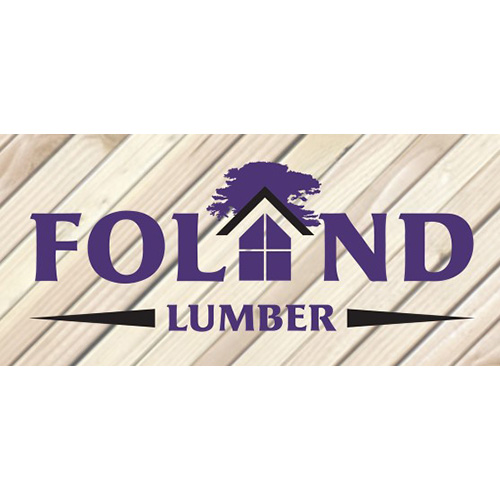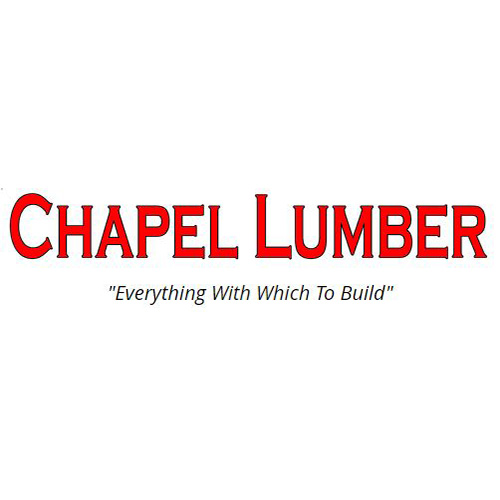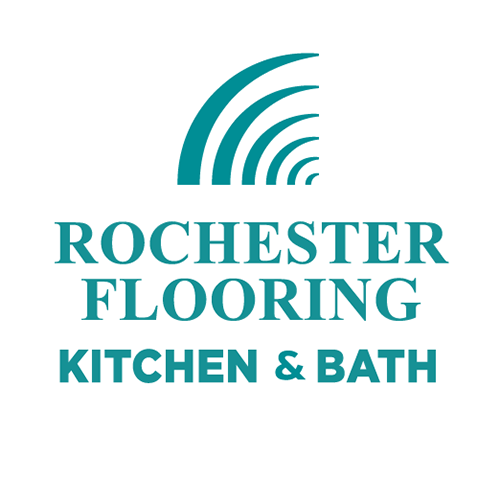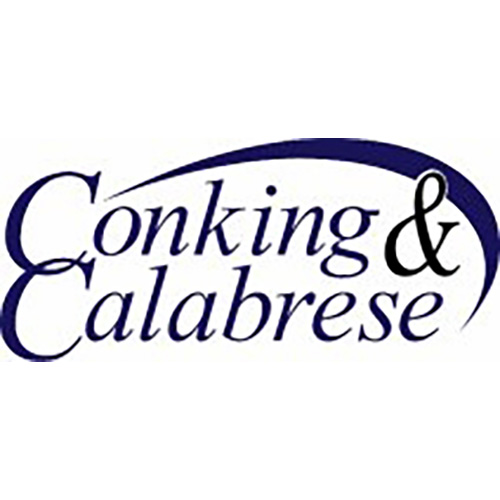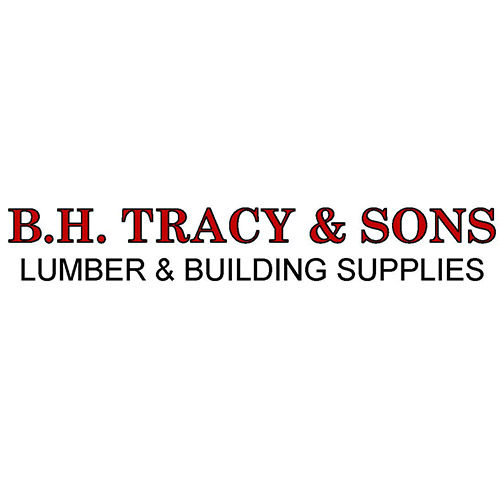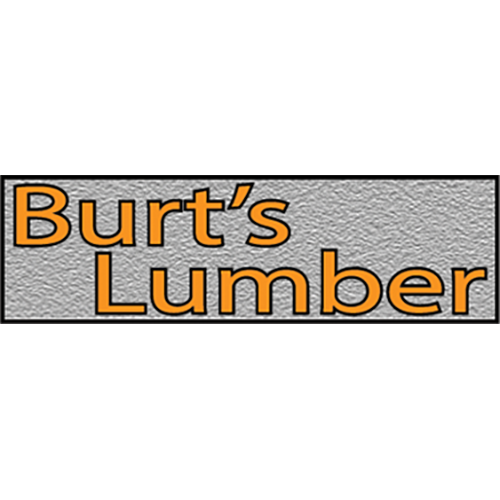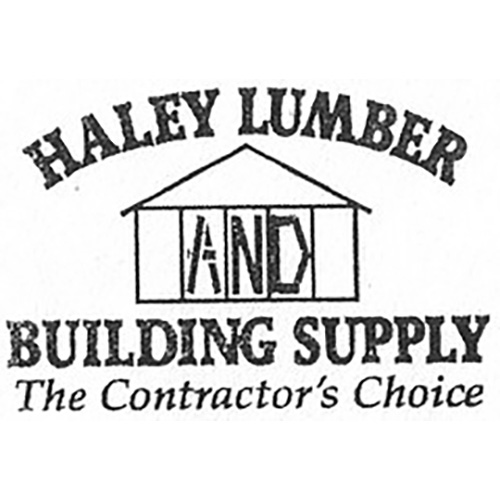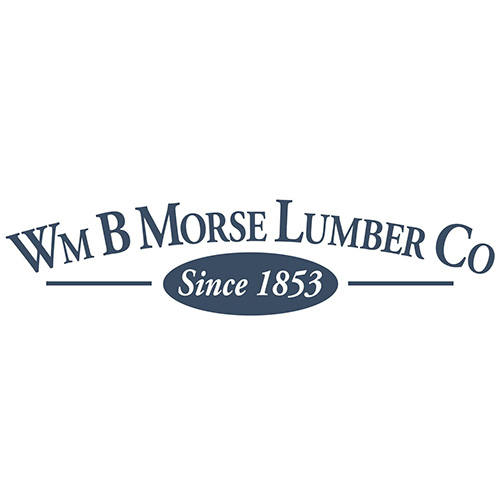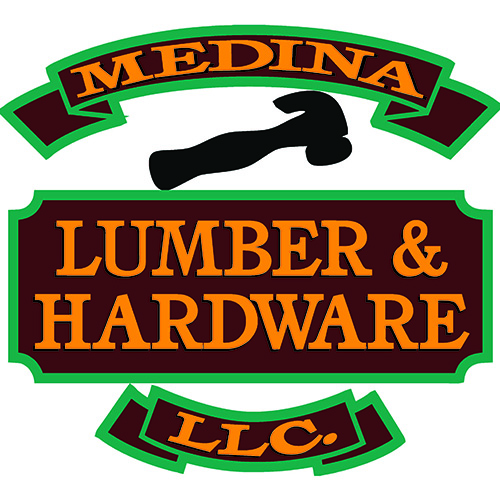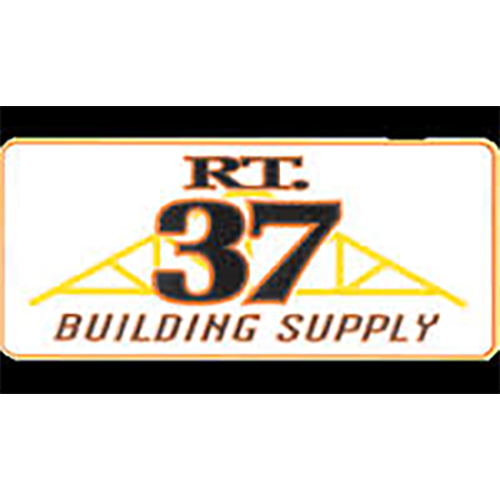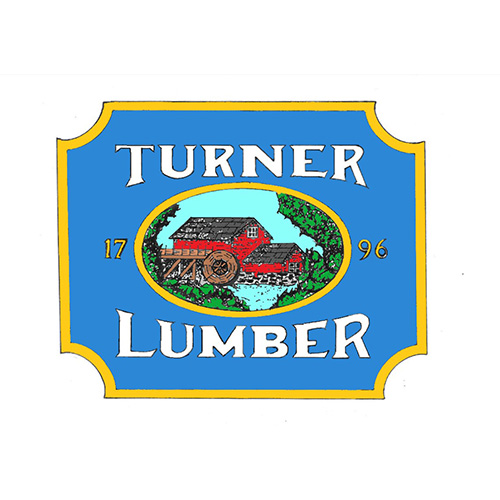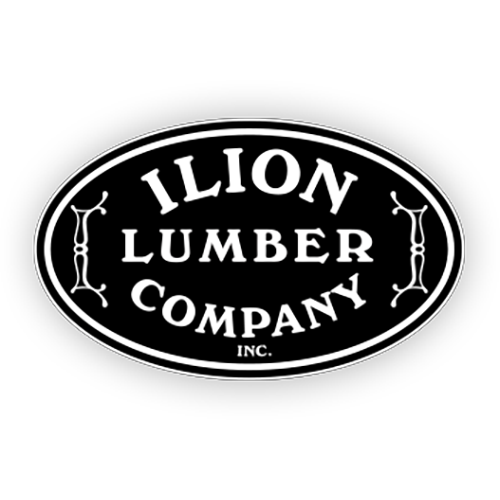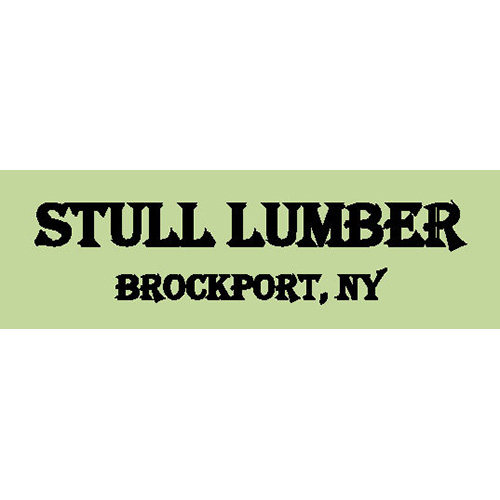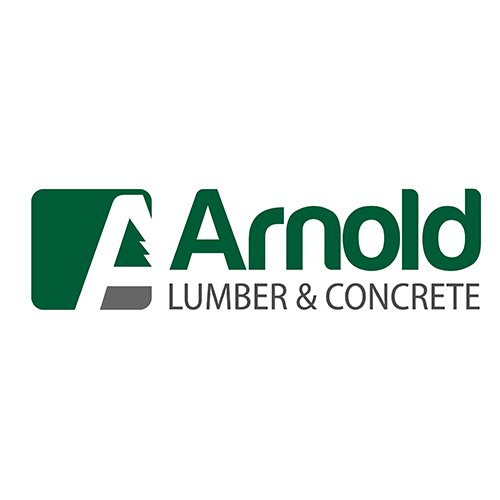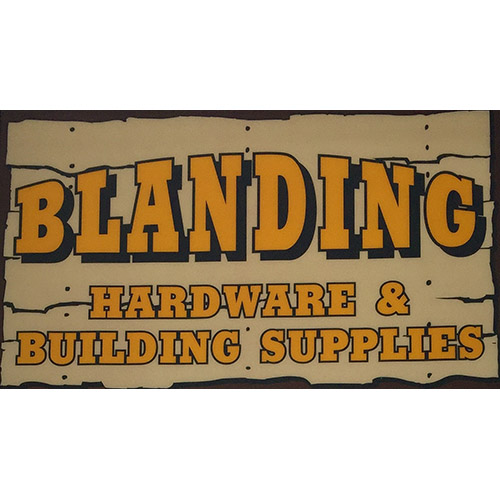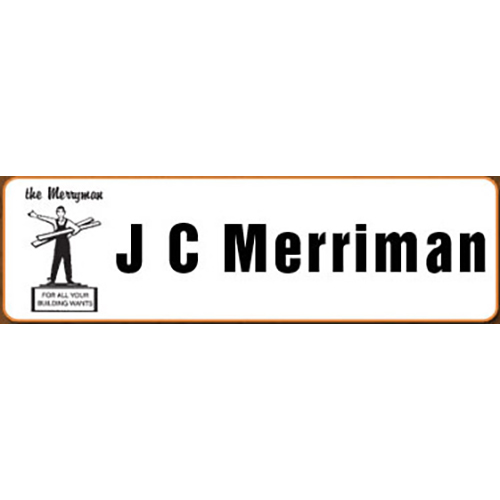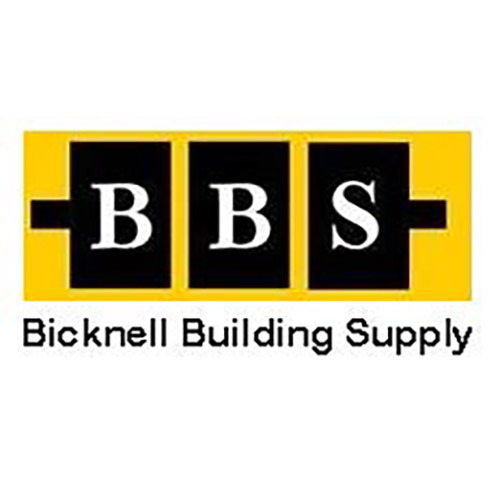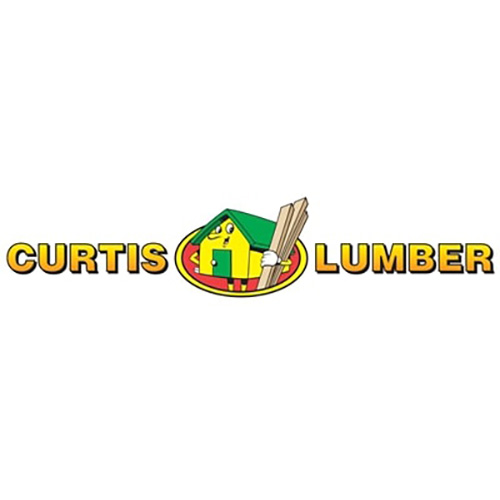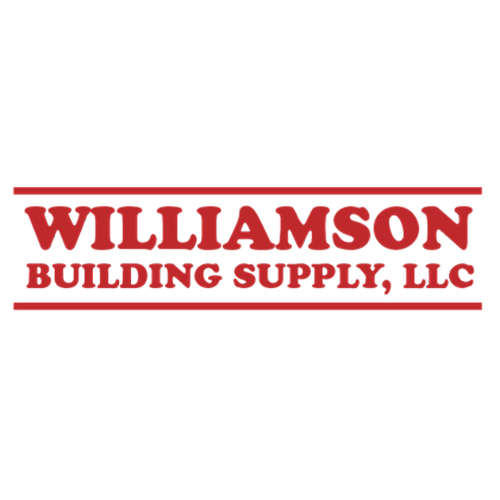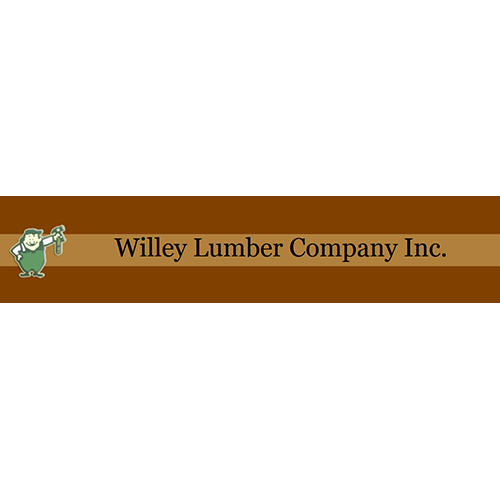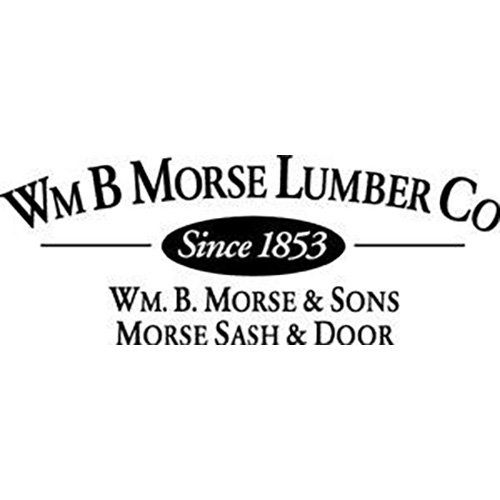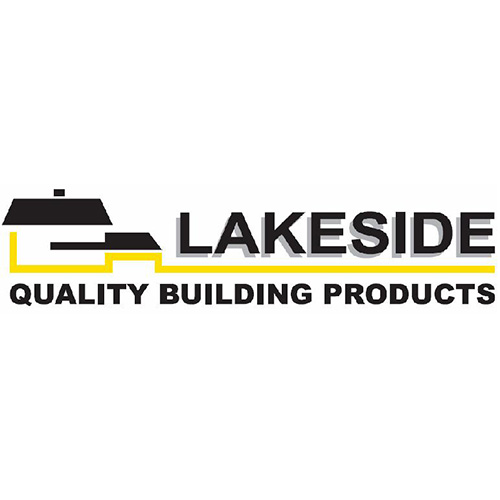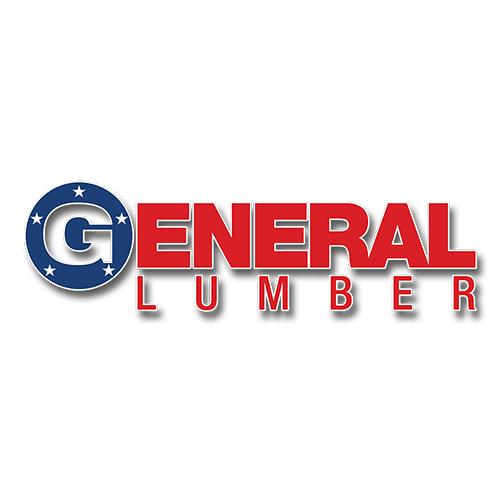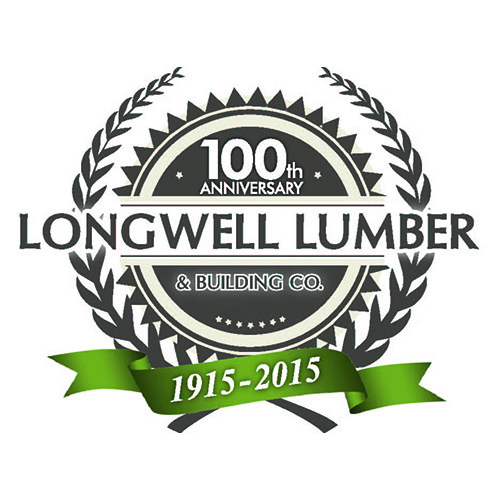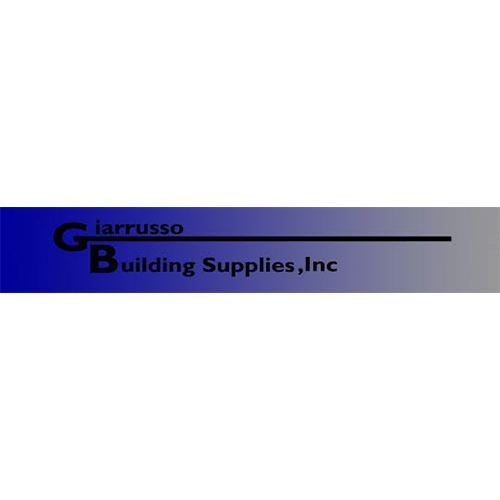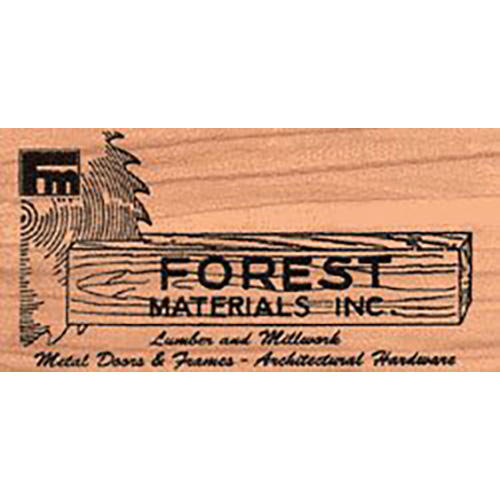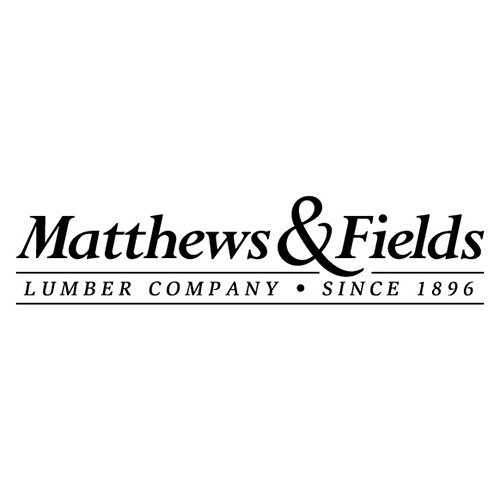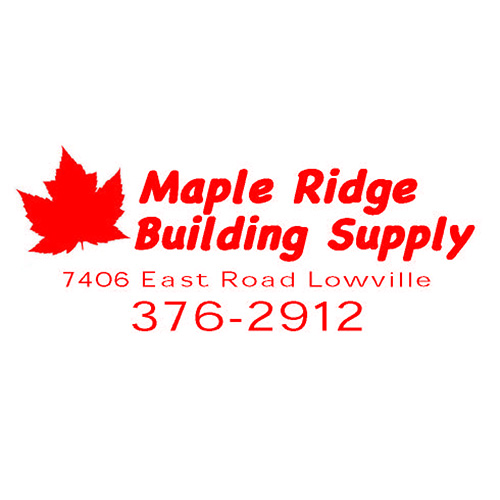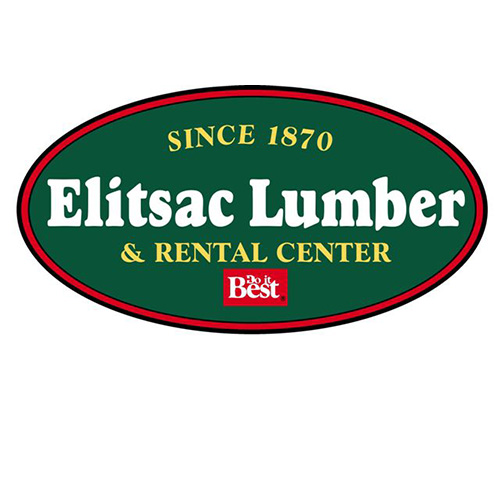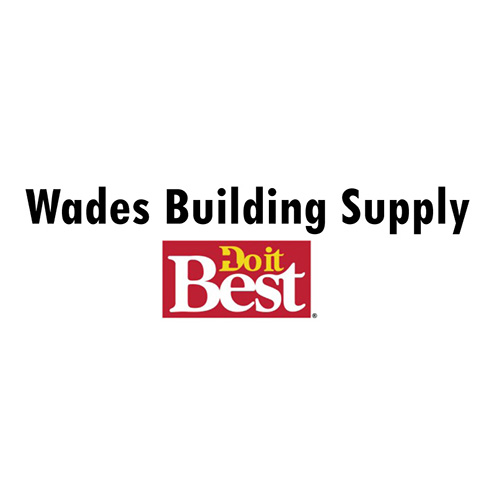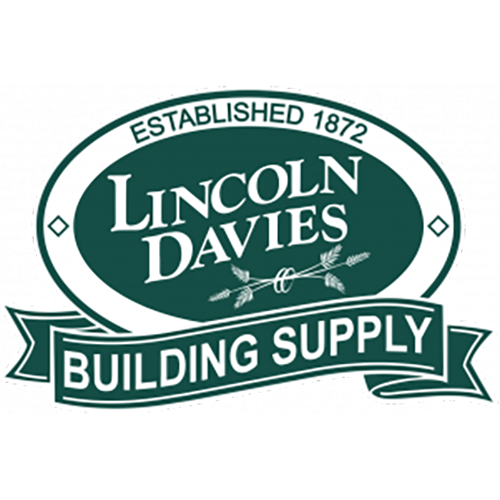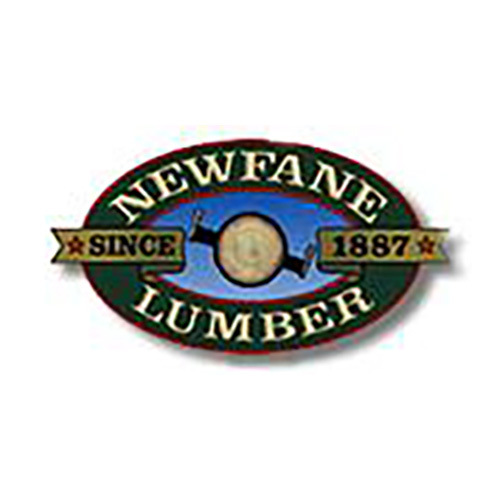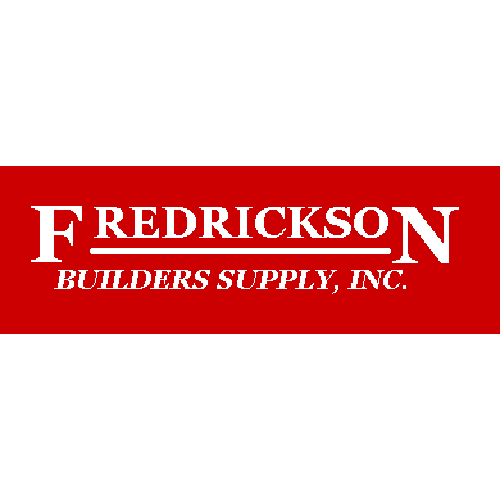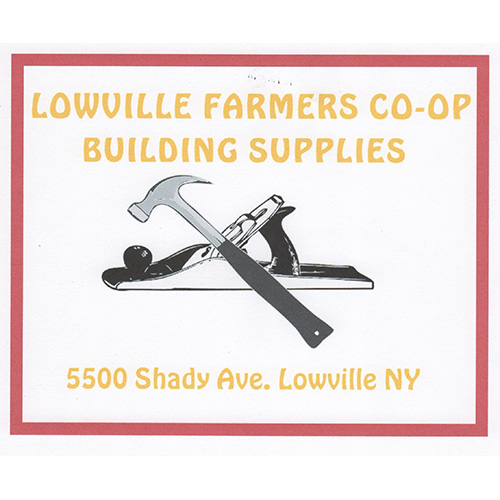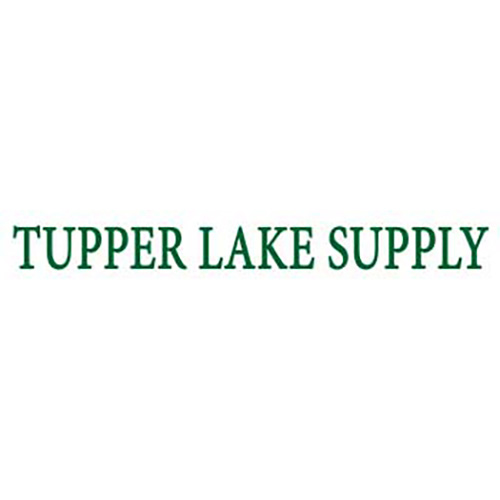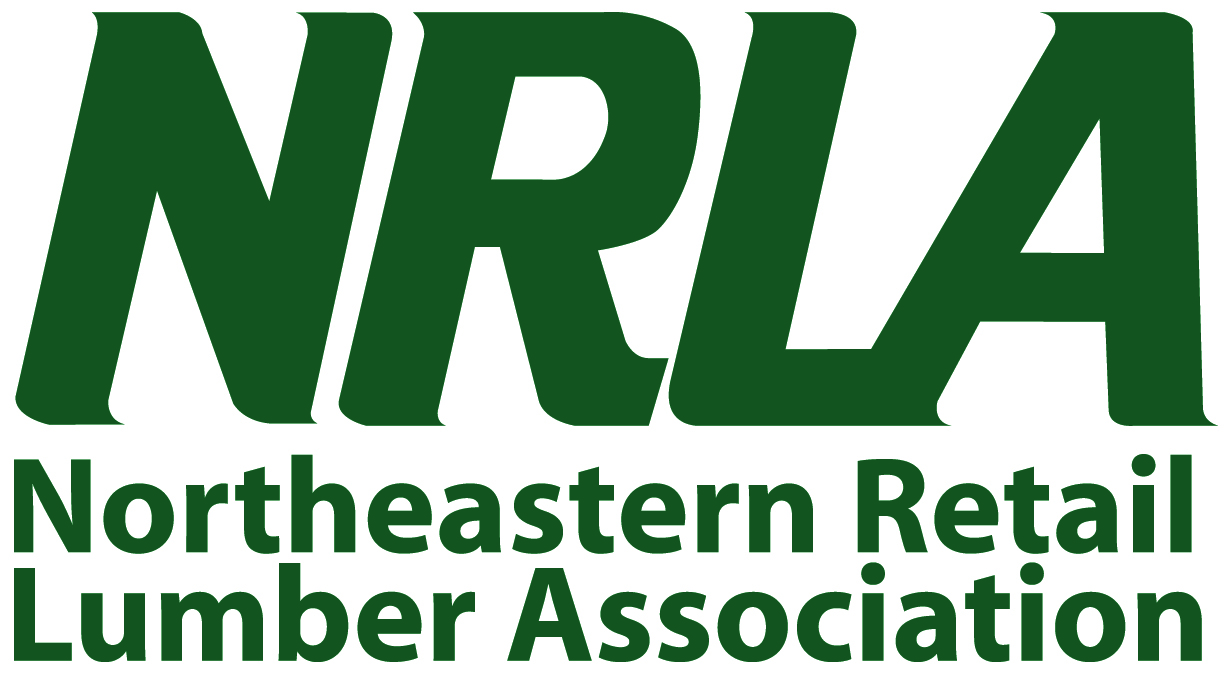Insulation
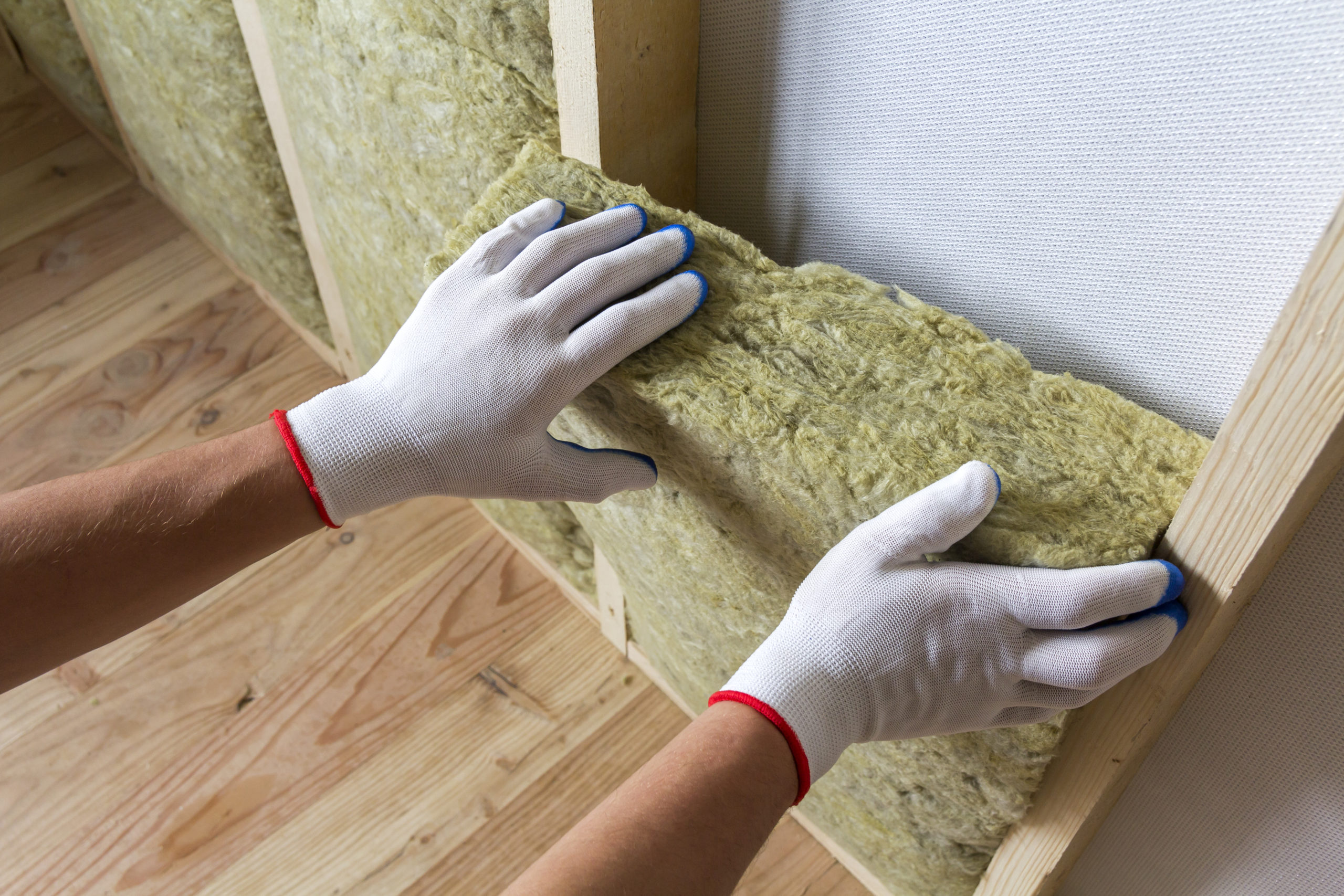
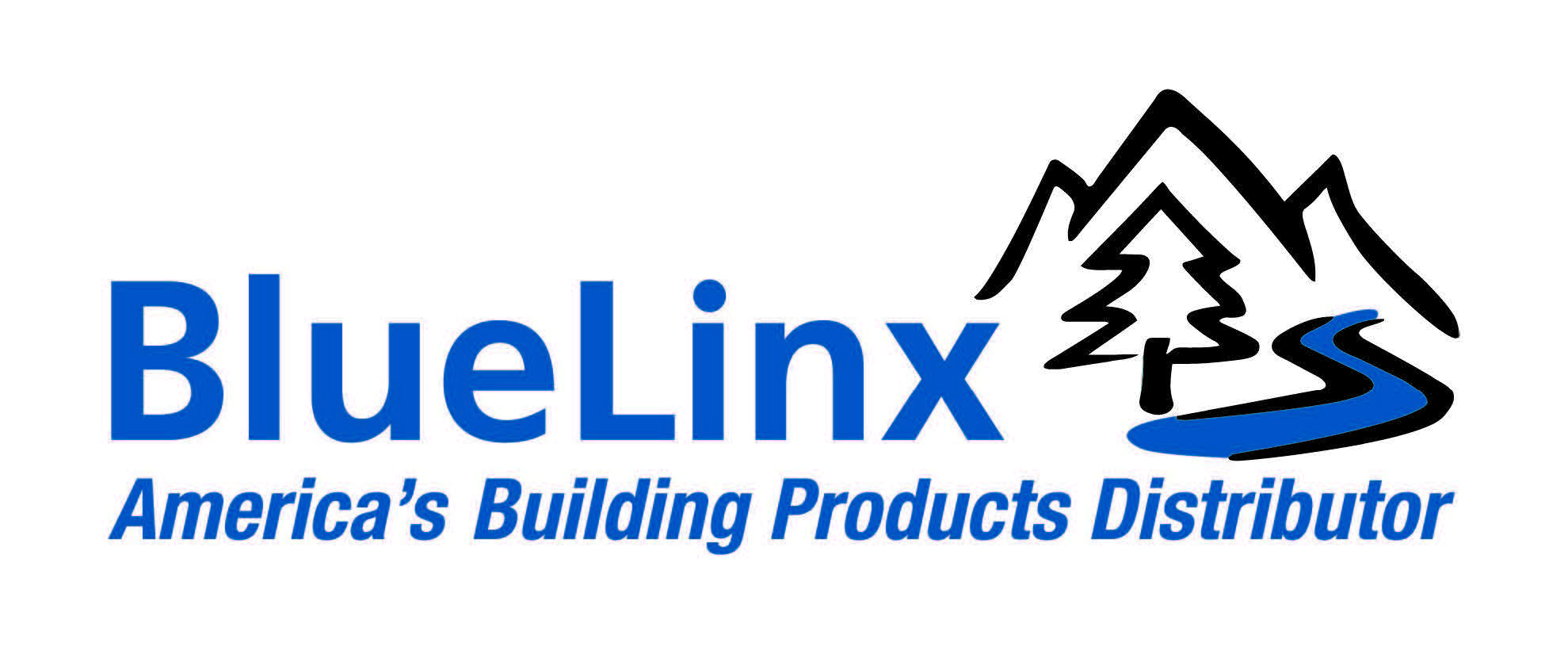
Selecting the Best Insulation
A basic law of physics is that warm air gravitates toward cooler temperatures. This means that as your heating system works to warm the interior of your home during the winter, the heated air is constantly seeking to move to unconditioned cooler areas such as the attic, garage, basement, or beyond the exterior walls. The barrier for this heat transfer is insulation.
Insulation Types
Batt Insulation
Batts are sections of fiberglass or rock wool sized to fit between a home’s framing members. The material may be faced with a paper vapor barrier or can be un-faced for use in areas where flammability is a concern. The most common widths are used where framing members are 16 or 24 inches on center, but other sizes are available, too.
Batt insulation’s R-values are normally determined by the material’s thickness. For example, R-13 is sized at 3 5/8 inches deep to easily fit into 2×4 exterior walls. The size you’ll need will depend on how your home’s exterior wall framing was done. For instance, if instead of 2×4 exterior walls, your home was built with 2x6s, R-19 at 6.25 inches thick could be a good choice.
Roll Insulation
If you’re insulating lengthy areas such as attic floors or crawl space ceilings, purchasing fiberglass or rock wool in rolls might be a better choice than batts. Rolls allow long runs without the breaks in heat transfer protection than can occur when installing batt sections. The insulation is available faced or un-faced and in most of the same R-values as batts. It is also made by many of the same manufacturers and has very similar pricing.
Blown-In Insulation
Loose insulation that is blown into place with a special hose is called blown-in insulation. The material can also be poured into position. The three most common materials used as blown-in insulation are fiberglass, rock wool, and cellulose. Cellulose is a green building material often made from recycled newspapers. Blown-in insulation is probably best known for its use in unfinished attics, but may also be a good choice for upgrading exterior walls of existing homes. The material can be installed through easily repaired holes drilled into the walls.
Foam Insulation Boards
When upgrading the insulation of an existing home, don’t overlook the additional R-value that can be achieved by installing foam insulation boards. The material is manufactured in various thicknesses and is normally sold in 4 by 8 foot sheets, but other sizes are available. The composition, density, and thickness of a manufacturer’s product combine to achieve their R-value ratings. Foam board insulation can be used on floors, ceilings, and foundation walls, but it’s most often found on exterior walls to increase their R-value prior to installing siding.
Spray Foam Insulation
Regardless of whether you’re insulating a new home under construction or upgrading the protection of an existing residence, spray foam insulation can be an excellent choice. The material is applied using special equipment, and once dry, it offers excellent thermal protection and can even contribute to a house’s structural integrity. One of the biggest advantages of spray foam is that it offers more R-value per inch of thickness than most other insulation products. The material can be used just about anywhere in a home.
Spray foam is available in two configurations: open or closed cell. Open cell is less expensive than closed, but also has less R-value per inch of depth and is more likely to be damaged by moisture.



